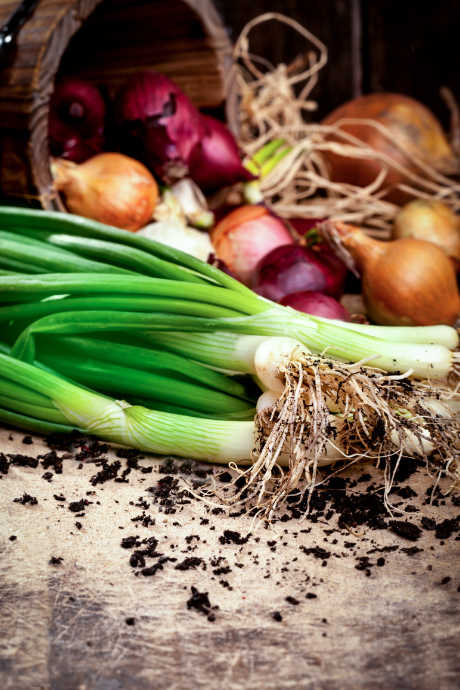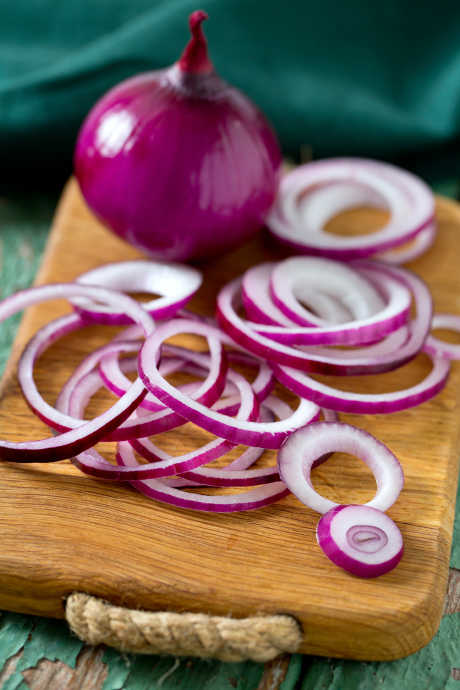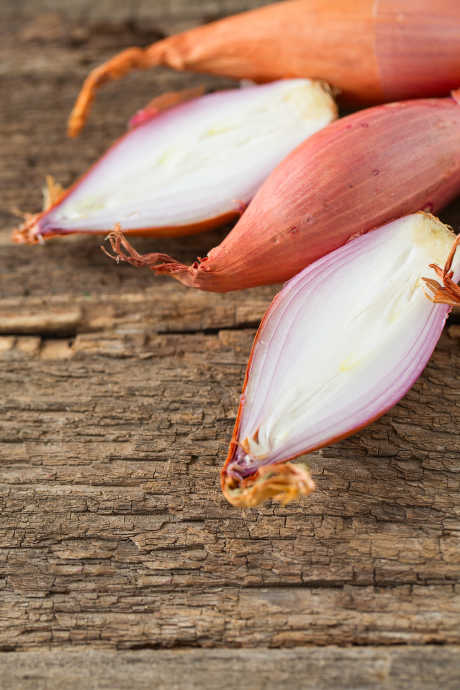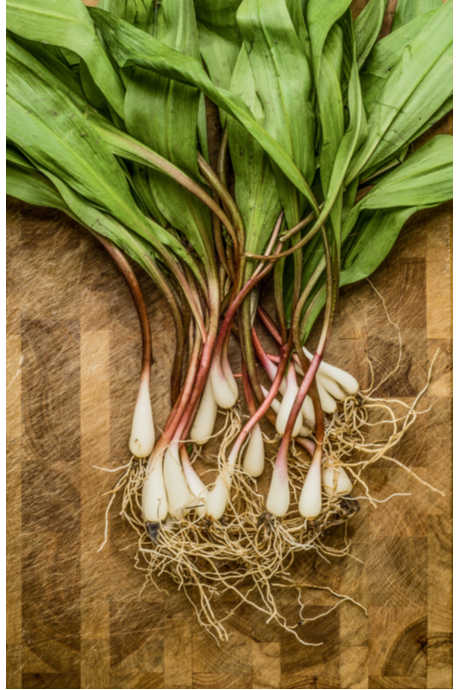9 Types of Onions to Liven Up Your Dishes
Posted by Julie on Sep 23rd 2019
Most of us tend to take onions for granted. When cooking, we focus on herbs, spices, and seasonings to boost flavor and add depth. But it’s the lowly onion that’s crucial in many recipes. Whether you sauté onions for the base of a dish, slice or dice them to use raw in a salad or on a sandwich, or one of dozens of other applications, onions are a chef’s workhorse.
In this post, we’ll explore what makes onions essential in many recipes, and compare and contrast several common onion varieties. By the time we’re finished, you’ll know exactly what type of onions to use and when.
All About Onions
We thought we had a good appreciation for onions, until we started to learn more about them. This versatile vegetable grows all over the world and can be stored for months after harvest. You’ll find onions in all types of cuisine, and they can be cooked in a multitude of ways. In fact, more onions are grown in China than anywhere else, but the Netherlands is the largest exporter of onions in the world. Here in the US, we grow nearly 7 billion pounds of onions each year, primarily in the Pacific Northwest and California.

We’ve discussed alliums in many previous posts. They’re the aromatics often referred to in recipes, and the genus Allium includes onions, shallots, leeks, garlic, and chives. While you could omit any or all of them in most recipes, the flavor wouldn’t be nearly as good. The role of onions in savory dishes is similar to the role of salt in sweet baked goods; it adds depth and contrast that elevates your recipe from tasty to scrumptious. While onions may be a vegetable, don’t count on them for vitamins or minerals. Their primary contribution to your meal is flavor.
Yellow Onions
The most well-known and frequently used variety is a yellow onion. Yellow onions are high in sulfur, the reason our eyes water when we slice onions. This sulfur content is also why yellow onions are best when cooked; they’re not typically eaten raw. However, this potent flavor makes yellow onions ideal for caramelizing and for use in recipes that combine other strong flavors, like soups and stews. If a recipe calls for onions without noting a particular type, use yellow onions.
White Onions
Don’t confuse white onions and yellow onions. If you see them side by side at the supermarket, you can easily tell which is which. White onions are much milder than yellow, and they can be eaten raw in salsa or guacamole. Bon Appetit suggests soaking white onion slices in cold water for an hour to subdue their bite.
Red Onions

These brightly-colored onions fall between yellow and white onions in terms of flavor and sulfur content. They’re milder than yellow onions, but have a sharper taste than white ones. Red onions are still an excellent choice for eating raw, and they add color to salads and sandwiches. If you plan to grill skewers full of proteins and vegetables, use red onions.
Sweet Onions
The best-known variety of sweet onions is probably Vidalia, though Maui and Walla Walla are other sweet onions you may find. These onions look like a flatter version of yellow onions, but they are full of sugar. Caramelize sweet onions, or slice them and deep fry them for onion rings.
Shallots

These small bulbs look and taste like a cross between onions and garlic. The outer skin is brown, but the inner layers are purple and white. Shallots are often sautéed along with onions, garlic, herbs, and spices. But they can also be used raw in salad dressings and sauces, similar to how garlic is minced or grated. We’ve made the mistake of trying to substitute yellow onions for shallots in a recipe, and the flavor simply isn’t the same.
Green Onions
Also known as scallions or spring onions, green onions have a small white bulb and long dark green shoots. Both of these are edible, though the green section has a much stronger flavor and is often used to finish a dish. You’ll find green onions in many Asian recipes, and they are a great way to add texture along with flavor.
Leeks

Picture an oversized bunch of green onions: That’s what leeks look like. However, they’re not related to green onions other than both of these plants being alliums. Unlike other alliums, leeks are a good source of vitamins and minerals, as well as fiber. The white parts of leeks have a mild flavor, but they’re nearly always cooked in order to soften the texture. Use them in soup, or bake them with cheese and breadcrumbs.
Pearl Onions
These tiny white onions are often sold fresh in bags, or you may find them peeled and frozen. Peeling them can be labor-intensive, but Serious Eats recommends blanching them quickly so the skin peels off easily. Pearl onions are more of an accompaniment than a main ingredient. Use them as cocktail garnishes, cook them in a cream sauce, or roast them with a medley of vegetables.
Ramps

We couldn’t leave this trendy ingredient out of a discussion of onions. Some chefs refer to ramps as wild leeks, while others compare them to garlic or green onions. Ramps are truly wild, meaning they are gathered by foragers, similar to many mushroom varieties. While they’re native to North America, you’re unlikely to come across a patch of ramps on your own. Instead, look for them on restaurant menus or possibly at farmer’s markets starting in late winter. But don’t blink: Ramps are only in season briefly, and they don’t last long.
 Free shipping over $49
Free shipping over $49










